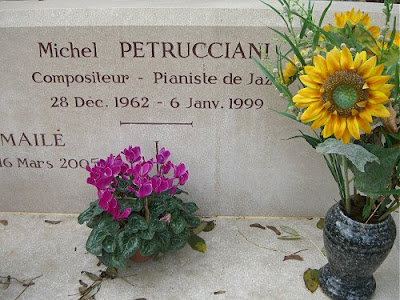Never underestimate the public's intelligence

Martin Scorsese has a knack of capturing the musical zeitgeist. He has directed biopics of George Harrison and Bob Dylan, and his film Kundun, which portrays the flight of the Dalai Lama from Tibet in 1959, was scored by Philip Glass. But another Scorsese movie, his controversial 1988 adaption of Nikos Kazantzakis' novel The Last Temptation of Christ, features music that is considerably less well known.
The Last Temptation of Christ uses the track Ya Sah by the Moroccan group Nass El Ghiwane. While working in a political theatre in the late 1960s the founder members of Nass El Ghiwane started using traditional North African music to communicate their views on political and social issues, and such was the success of their experiments that they went on to form their own group in 1969. The band's name translates as 'disciples of the Ghiwanes' - a reference to the Ghiwane Sufi brotherhood of musicians and story tellers. Nass El Ghiwane's music, which couples ethnic instruments and gnawa-style trance rhythms with rebellious lyrics delivered in dialectical Arabic, met with immediate success in Morocco and their popularity soon spread to neighbouring Algeria. Despite the death of two founder members the band continued and they are credited as being an influence on the development of North African raï music.
Such was the preeminence of Nass El Ghiwane that in the 1970s they were dubbed 'the Rolling Stones of Africa'. They succeeded because they put social engagement and spiritual enlightenment ahead of entertainment, and that is worth dwelling on at a time when classical music is agonising over how to connect with new audiences. Classical music can be plotted as a Venn diagram constructed on the four axes of engagement, enlightenment, education and entertainment - see example below. Received wisdom says that in order to connect and survive classical music must be heavy on entertainment and light on enlightenment, education and engagement, which locates it in the bottom right corner of the diagram below. But dwindling ageing audiences and the dramatic drop in listeners suffered by the new entertainment oriented BBC Radio 3 provide hard evidence that this received wisdom is wrong. Nass El Ghiwane are worth listening to in more ways than one. Or as Virgil Thomson said "Never underestimate the public's intelligence, baby".

* Nass El Ghiwane's El Maana is an engaging, enlightening and educating earworm. It is on the highly recommended 'Double Best' compilation album seen above. Despite the relatively high profile of Gnawa music and the Master Musicians of Jajouka the more accessible 'Rolling Stones of Africa' are little known outside the Maghreb. Hopefully this 2 CD compilation will help change that.
* This post is part of my Algerian autumn series.
Nass El Ghiwane's Double Best CD was bought at Leclerc in Saint Gilles, France. Any copyrighted material on these pages is included as "fair use", for the purpose of study, review or critical analysis only, and will be removed at the request of copyright owner(s). Report broken links, missing images and errors to - overgrownpath at hotmail dot co dot uk Also on Facebook and Twitter.






Comments
Just thought you'd like to know that I got interested in your diagram here to the extent that I wrote an entire blog post about it:
http://www.helpingyouharmonise.com/4E
Please take that as a compliment!